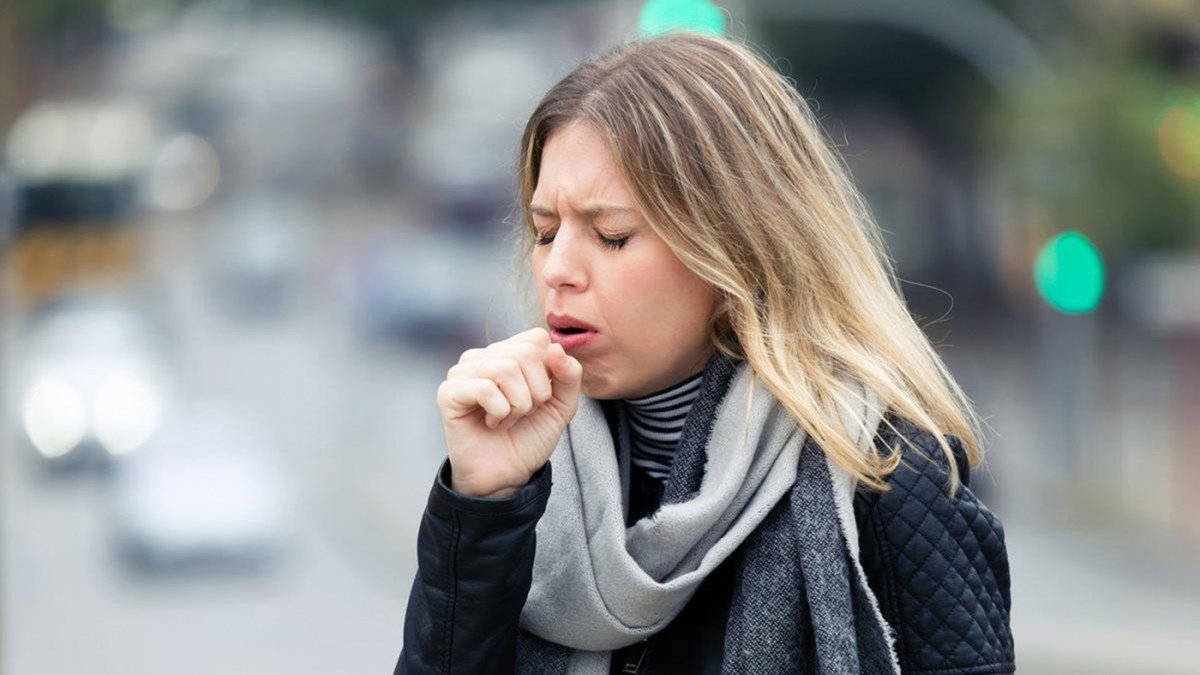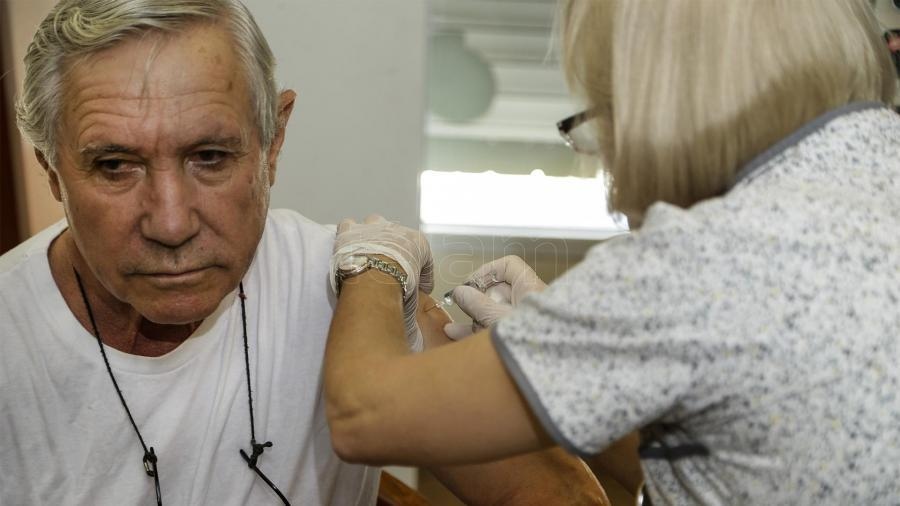 Streptococcus pyogenes is responsible for more than 500,000 deaths each year worldwide.
Streptococcus pyogenes is responsible for more than 500,000 deaths each year worldwide.
The Ministry of Health reported this Saturday that 118 confirmed cases of invasive infection by Streptococcus pyogenes were reported throughout the country, a Gram-positive bacterium that is the most frequent bacterial cause of acute pharyngitis and skin infections such as impetigo, cellulitis and scarlet fever, from which 16 of them died.
In relation to confirmed cases of invasive infection by Streptococcus pyogenes in previous years (2019-2022), the highest number of cases had been registered in 2022 (closed year) with 75 reported cases; so the 2023 number represents an increase of 281% over the same period in 2019.
This happens in the international context in which on December 8, 2022 the World Health Organization (WHO) reported that at least five Member States from the European region (France, Ireland, the Netherlands, Sweden and the United Kingdom of Great Britain and Northern Ireland) had reported an increase in the number of cases of invasive group A streptococcus (Streptococcus pyogenes) disease and on December 19, 2022 The Pan American Health Organization (PAHO) also issued a statement due to a increase in cases registered in Uruguay.
 Photo: Luis Cetraro.
Photo: Luis Cetraro.
Streptococcus pyogenes, an invasive infection
Streptococcus pyogenes, also known as group A Streptococcus, generally causes mild illnesses such as tonsillitis, pharyngitis, impetigo, cellulitis, and scarlet fever.
However, on rare occasions, the infection can lead to invasive disease that can cause life-threatening conditions and is responsible for more than 500,000 deaths annually worldwide.
Transmission occurs by close contact with an infected person and can be transmitted through coughing, sneezing, or contact with a wound.
He incubation period for the disease varies according to the clinical presentation, between 1 to 3 days. Treatment of infected persons with antibiotics for at least 24 hours usually eliminates their ability to spread.
PHARYNGITIS
Pharyngitis is diagnosed by bacterial cultures and is treated with antibiotics. Hand hygiene and personal hygiene can help control transmission.
The symptoms of pharyngitis are sore throat; fever; headaches; abdominal pain; nausea and vomiting; redness of the pharynx and tonsils; bad breath; enlarged nodes in the neck.
SCARLET FEVER
Regarding scarlet fever, the most frequent symptoms are a red and sore throat; fever (38.3 °C or more); red rash with sandpaper texture; deep red skin in armpit, elbow, and groin folds; whitish coating over tongue or back of throat; “raspberry” tongue; headache; nausea or vomiting; swollen glands; pains in the body
In the presence of some of these symptoms, it is important to avoid self-medication with antibiotics and to consult a doctor for a timely diagnosis.
 The health portfolio recalled that all people must have up-to-date flu and COVID-19 vaccination.
The health portfolio recalled that all people must have up-to-date flu and COVID-19 vaccination.
Recommendations and care
In the case of receiving medical indication of antibiotic treatmentit is essential to complete the scheme (do not shorten or abandon treatments early), since the inappropriate use of antibiotics promotes bacterial resistance, a fact that threatens their effectiveness in the future.
Sick people should avoid going to public places (work, school) and restrict household contacts. It is also important to wash your hands frequently; Do not share objects for personal use (cutlery, glasses, towels, among others) and adequately and regularly ventilate the environments.
Finally, the national health portfolio additionally reminds that all people must have up-to-date influenza and COVID-19 vaccinationsespecially those with risk factors.


